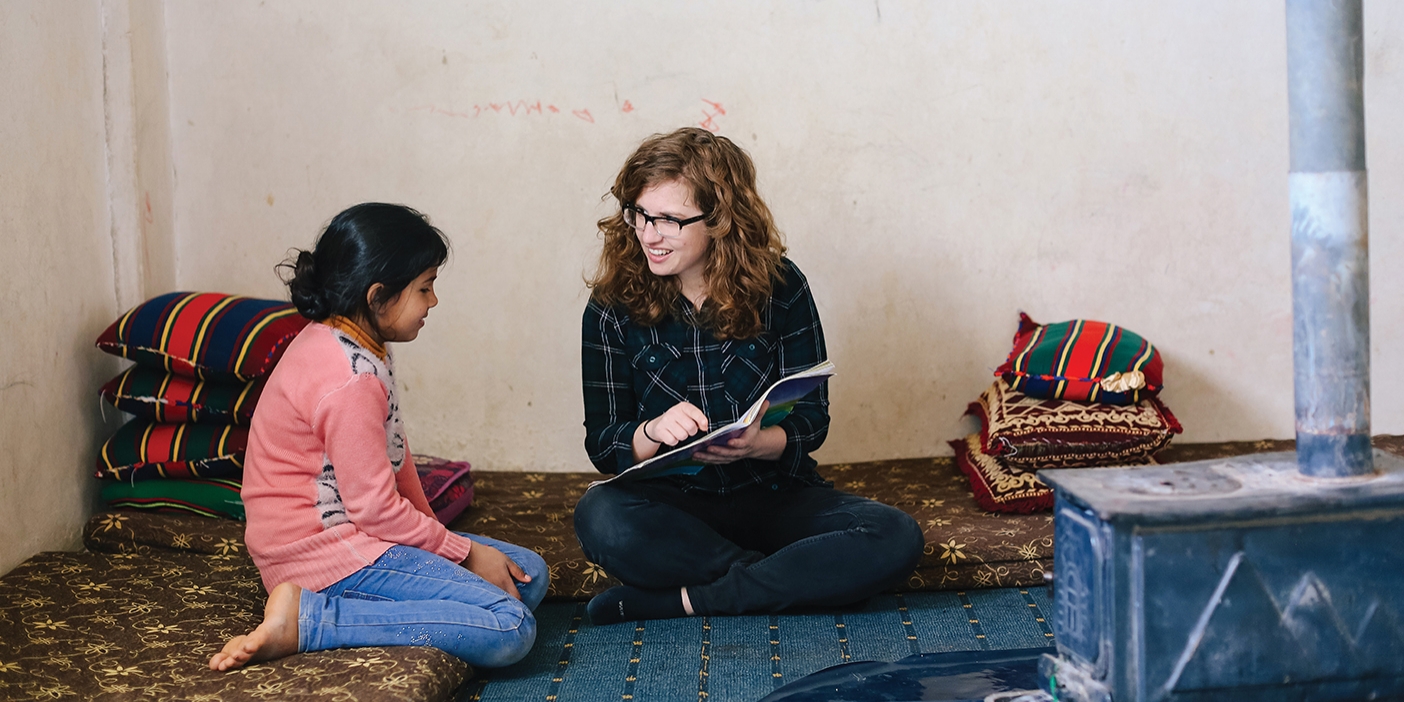Why do Muslim women wear the hijab in America?
“There may be as many meanings for wearing hijab as there are Muslims,” says family life professor Loren D. Marks (BS ’97, MS ’99), who, as part of the American Families of Faith project, has studied the beliefs and practices of faithful Muslim families. In his research, he and his team looked for recurring meanings among the most devout for choosing to wear the hijab or head covering.

“It’s important to note that there are many Islamic nations where a full burqa is mandated,” Marks says. But those that they interviewed in the study were living in America, where there is choice. “The participating women ostensibly wanted to wear the hijab,” he says. In a couple of instances, their husbands said, “We’re in America. You can take that off.” And the wives responded, “No, we want to veil. This is important to us.” Marks says the research was an opportunity to learn directly from faithful Muslims about a practice they hold sacred that is often misunderstood.
Why did research participants choose to veil themselves?
Participants shared a few themes: First, hijab is a symbol of religious commitment and devotion. We might say an outward symbol of an inward commitment to follow, in their case, the way of Allah.
They also see it as a garment of protection. We tend with a Western view to say, “That’s patriarchy. It’s male oppression.” Not only did we not get support for that in our data, but the idea was inverted. Many of the female participants in the study described it as a garment that protects them from the catcalls, from the pick-up lines, from getting hit on—that very line came up many times in our data. It’s a shield from, quite frankly, oppressive men behaving badly.
To these faithful Muslims, the hijab is not just a covering. It is a way of life. It includes the internalized qualities of modesty, chastity, and faith embodied and reflected in a symbolic garment. One participant explained with a question, “Is [the hijab] only covering your body and then [you can] do whatever you want? Or is it something that needs to be extended and become a culture—how you behave and how you talk, how you think, and how you interact with other people in society?”












